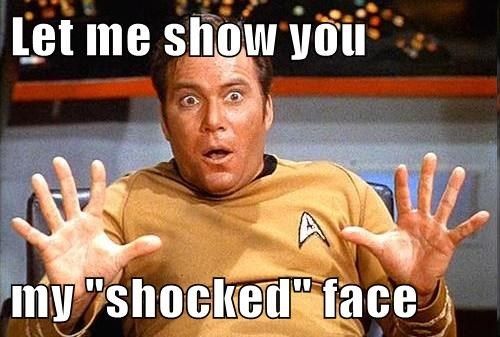conarb
Registered User
And this from the most radical left-wing institution on earth, the University of California at Berkeley. This doesn't even address the biggest scam, solar panels, they are going up all over here and I ask people to call when they get their year-end "true-up" bill, so far everyone is paying more than they paid before they installed the panels when you add lease payments to the year-end bill.NEW YORK — Home efficiency measures such as installing new windows or replacing insulation deliver such a small fraction of their promised energy savings that they may not save any money over the long run, according to the surprising conclusion of a University of Chicago study.
The study, which used data from a random sample of 30,000 low-income Michigan households that were eligible for an Energy Department home weatherization program, found that the projected energy savings were 2.5 times greater than actual savings. As a result, energy bills didn't decline nearly enough to eventually pay for the initial cost of the upgrades.
"The problem is that the real world is screwy," said Michael Greenstone, an energy economist and head of the Energy Policy Institute at the University of Chicago. "The models project much larger savings than are realized by homeowners."
The study, conducted by Greenstone and University of California at Berkeley economists Meredith Fowlie and Catherine Wolfram, has not yet been reviewed by a panel of peers. And energy efficiency experts who were shown the study say the authors' broad conclusions about energy efficiency in general aren't justified after a study of a single program in a single state focused only on low-income households.
But Greenstone says he is finding similar results in a second study of middle-income homes in Wisconsin. If his findings are correct, they could undermine the rationale for billion-dollar federal and state efficiency programs and call into question a long-held understanding that making existing homes and businesses more energy-efficient are among the cheapest ways to reduce emissions of carbon dioxide.
Instead, it seems the engineering models that predict how much energy is actually saved are wildly over-optimistic. "We are primarily relying on engineering estimates," Greenstone says. "That's a reasonable thing to do in the abstract but they need to be validated."¹
Note the bolded text, this is outright fraud just like the climate models proved wrong when CO2 levels doubled and average temperatures actually went down, mathematicians can easily falsify their models to obtain any result that the government wants, just like Jonathan Gruber did with Obamacare, stating that he did it to trick the "stupid American voters".
¹ http://www.startribune.com/home-efficiency-upgrades-fall-short-don-t-pay-study/309367761/

